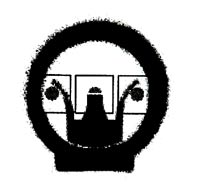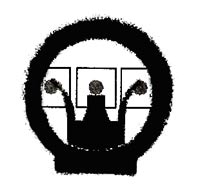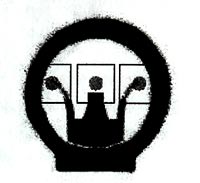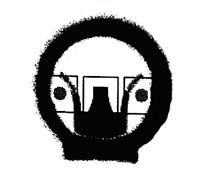USAMU Article Explains Sight Pictures for Metallic Sights

In an article for the CMP Online Magazine, SSG Tobie Tomlinson of the USAMU Service Rifle Team explains the various sight alignments employed by iron sights shooters. Tobie writes: “There are a myriad of sight picture options that shooters have used to great effect over the years. The sight picture that allows you to consistently shoot the smallest group, with a minimal shift in zeros, is the correct one. Remember, for any shooter to be successful, consistent sight picture must be complemented by front sight focus and sight alignment.”
CLICK HERE to read FULL ARTICLE
 Center Hold
Center Hold
The front sight is placed directly in the center of the target. A center hold is great in different light conditions. On a bright day the target appears small. On a dark day the target appears large. In [any] light conditions the center of the target is always in the center. A shooter who has problems with elevation shots in various light conditions may benefit from a center hold.
 6 O’Clock Hold
6 O’Clock Hold
With the 6 O’Clock hold the front sight is placed at the bottom of the aiming black. For many shooters, this hold allows precision placement of the front sight. The ability to accurately call your shots will come with time and experience. Light changes, which alter the appearance of the target, may affect shooters who utilize the 6 O’Clock hold.
 Sub 6 Hold
Sub 6 Hold
The sub 6 is just like the 6 O’Clock hold, only there is a small line of white between the front sight and the aiming black. Many shooters have a problem determining the exact 6 O’Clock position with their front sight, but by using a sub 6 or line of white they may be able to better estimate their hold.
 Frame Hold
Frame Hold
With the frame hold, just like with the other holds, the front sight is in the center of the rear sight. The front sight can then be placed at the 6 or 12 O’Clock position on the frame when there is no visible aiming point. This hold is typically reserved for foul weather and poor light conditions. By placing the front sight at the top or bottom of the frame, a shooter may hold better when there is little target to see. It can be difficult to hold a tight group this way, but it may add more hits in bad conditions. This technique is normally applied when shooting longer ranges such 600 or 1000 yards.
CLICK HERE for more articles from The FIRST SHOT, CMP Online Magazine.
Similar Posts:
- Sight Picture Options for Iron Sights
- Position Shooting Fundamentals — Good Article by Gary Anderson
- Position Shooting & Trigger Technique by CMP’s Gary Anderson
- Learn Position Shooting Techniques from Gary Anderson
- Position Shooting — Tips from Gary Anderson and Jamie Gray
Tags: high power, Iron Sights, Service Rifles, Sight Picture, USAMU


















While I can agree with what he says. I can not agree with one of the pictures he uses. The frame hold is a viable option for some shooters. It is good for bad light conditions, as well as shooters with failing eyesight. The picture he chose to use is more commonly refered to as the “navy hold” or the 12 o’clock hold, not the frame hold. One way to use the frame hold is to use a front sight that is just as wide as the target frame at 600 yards. Then you bring your sight up until it is even with the bottom of the frame (which is usually the top of the berm) and ensure your front sight is even with the sides of the frame. Then you know you are at the same place on the taregt. The big problem with this hold is IF the pit pig doesn’t run the target up the same every time then you will lose points high and low that you can’t account for. I know, because I used a bottom frame hold for many years, and had to learn the hard way. With better glasses I have gone back to a center mass hold with some sucsess. Nice article though.